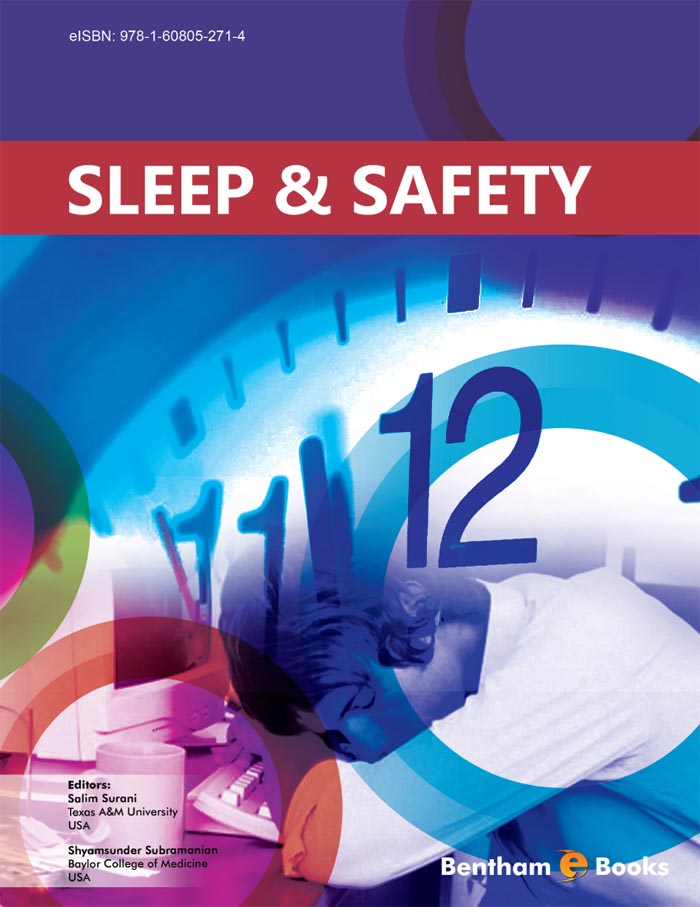Introduction
The National Highway Traffic Safety Administration (NHTSA) estimates that upto 4 percent of all fatal crashes are caused by drowsy driving and as many as 100,000 patients deaths per year may be due to fatigue related medical errors by doctors and nurses in the United States.
These problems of sleepiness, fatigue, and the contributions of inadequate sleep and night work, to human error and accidents have high costs in both lives lost and economic impact.
This e-book covers the physiology of sleep, the pathophysiology of sleep deprivation, the relationship to daytime alertness and fatigue, the relevance of sleep-related fatigue in various industry and occupational settings and its importance as a public safety issue. The e-book should serve as a useful reference to readers interested in sleep research and public health and safety management.





